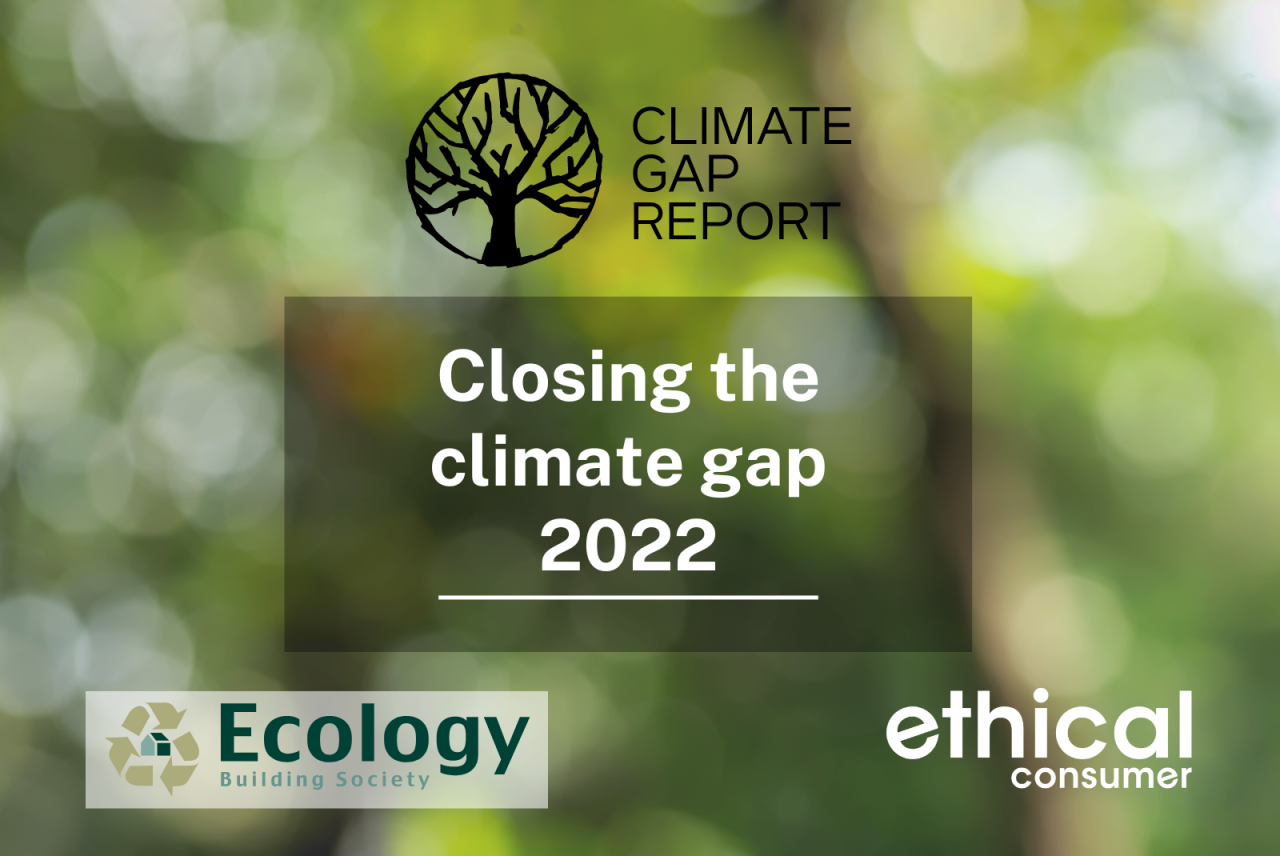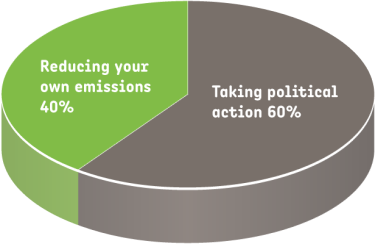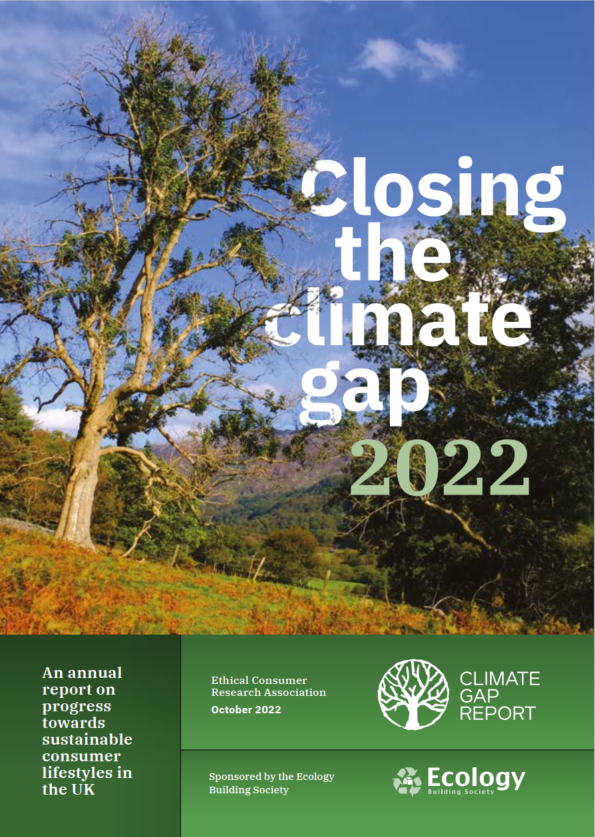1. Transport emissions are down
Transport emissions have been distorted by the pandemic. Emissions in 2021 were still well down on 2019 levels, but this is entirely due to the travel restrictions. This makes long term progress in transport hard to glean, but electric car registrations are on track. The green square in the the summary table in the report is unlikely to be the same colour next year!
2. Meat and dairy are possibly on track
The UK Government’s own Climate Change Committee (CCC), whose data we have used extensively in our reports, thinks that reduction in meat and dairy consumption is also on track, although the figures are a bit unclear. We discuss this more in the food section.
3. Home heating is still a car crash!
The UK is keeping up its tradition of doing very badly on heating. Insulation and heat pump installations need to speed up dramatically. There has also been a COVID-affected rise in home heating emissions. This is likely to change this winter as fuel prices impact, tragically, the poorest in our society most acutely.
4. Buying second hand and repairing are on the rise
Our own survey data shows significant increases in buying second hand and repairing this year. In theory this should lead to real reductions in consumption of new goods, and feed through to reduced carbon figures in time, though this is not visible in the data yet.
5. Company carbon reporting is moving at pace
Proper reporting of full company emissions rose from 37% to 60% of the companies we surveyed this year. Whilst this is good, there are still critical issues with the quality of some of this reporting and little evidence that emissions reported are moving in the right direction at the right speed. What data we do have, which is old, shows emissions growth which is why the consumer goods sector, as a whole, is marked red (in the pdf).
6. Some possible food waste reductions
Research from WRAP suggests the pandemic also saw short-lived positive changes in household food waste, as people had more time to plan and prepare food. But there are no government figures available for this since 2018, so we aren’t reporting on this indicator this time.
7. We’re not moving fast enough
Now that transport emissions are returning to normal, UK consumption emissions reductions as a whole are not on track. This is not really news to anyone involved in climate campaigning and is true of wider UK (and international) emissions too.
8. The quality of data needs urgent attention
When we try to answer the climate gap question, we are finding that, in some cases, the best available data is three years old. It is not possible to manage an economy rationally towards urgent climate goals without meaningful and timely performance data. It is instructive to compare the resources the ONS has to produce (say) monthly inflation figures, with those it has for climate impact reports.
Other key management tools – like Home Energy Performance Certificate (EPC) ratings – need urgent attention too. See the heating section.
9. Intentions to adopt sustainable behaviours are on the rise
Of the twelve areas we looked at, consumer intentions or actions to make more sustainable choices increased in seven areas and stayed the same in five. This shows a general trend towards an increasing understanding of the need to adopt more sustainable consumer behaviours in the UK.
10. Governments are not always leading the way
Overall our report provides some evidence that, even when you have a government which appears openly hostile to taking timely climate actions, external events (like the pandemic), and positive action from independent actors (like companies and consumers) can mean that progress is not always or entirely stalled.
Change does not exclusively happen in a top down way, and even the worst governments are constrained in what they can do by external events and external forces. This is a small comfort in difficult times.



